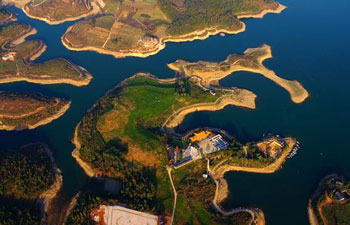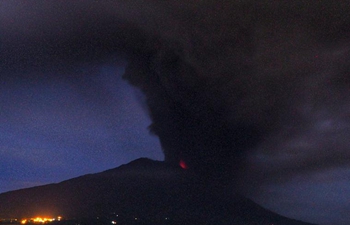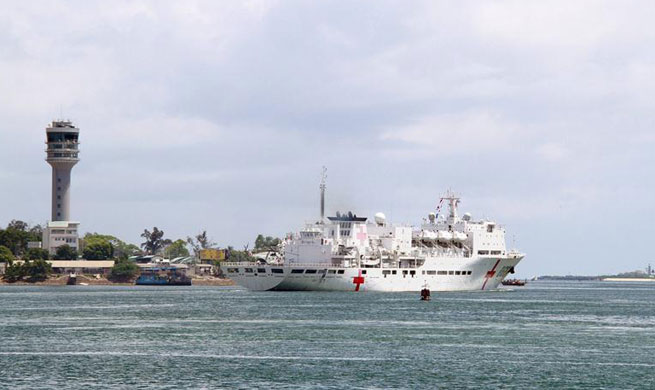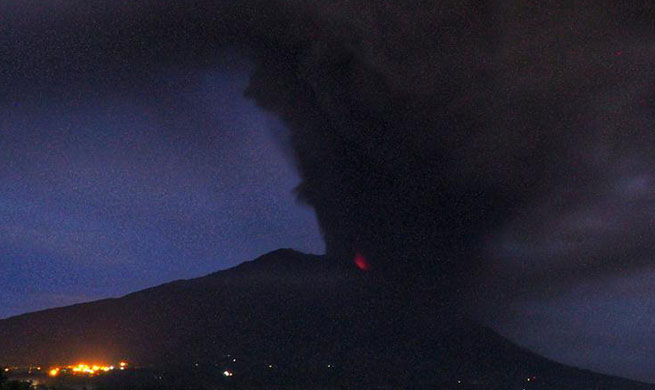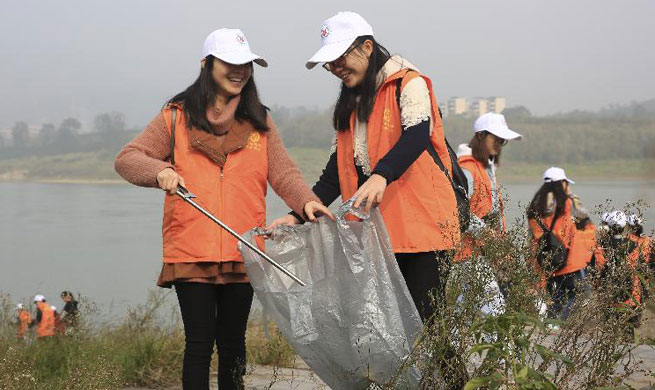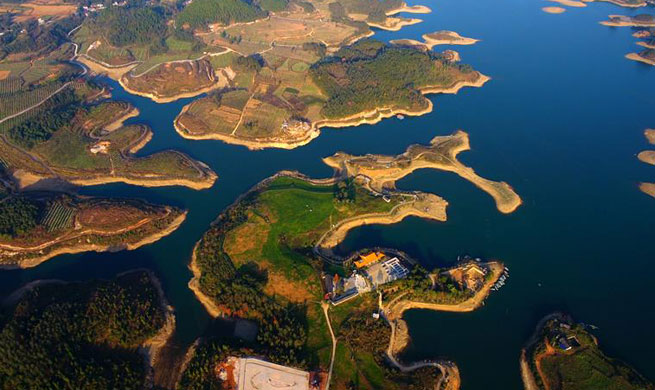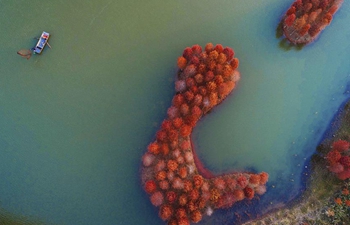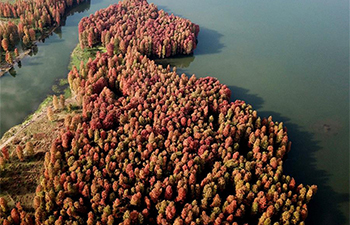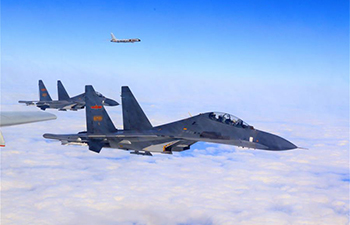MOSCOW, Nov. 27 (Xinhua) -- The China-Russia joint construction of the "Silk Road on Ice" (SRI) will facilitate the pairing of their strategic initiatives and promote comprehensive cooperation of the two countries in the Arctic area, a Russian expert told Xinhua in a recent interview.
"The initiative to create the Eurasian Economic Partnership and to conjugate it with the Belt and Road Initiative is becoming a global initiative to change the existing world order radically," said Vladimir Remyga, chairman of the Coordination Council for Cooperation with Business Associations of Asia of the International Congress of Industrialists and Entrepreneurs (ICIE).
The Belt and Road Initiative, proposed by China in 2013, aims to build trade and infrastructure networks connecting Asia with Europe and Africa on and beyond the ancient Silk Road routes. It comprises the Silk Road Economic Belt and the 21st Century Maritime Silk Road.
In December 2015, in his annual state of the union address to the Russian Federal Assembly, President Vladimir Putin announced the idea of a greater Eurasian partnership, which is based on the Eurasian Economic Union (EEU) officially established in January 2015.
The Russia-led EEU, which groups Armenia, Belarus, Kazakhstan, Kyrgyzstan and Russia, is an economic bloc aiming to optimize the flow of goods and services among its members.
During a visit to Moscow in May 2015, Chinese President Xi Jinping signed an agreement with Putin on aligning the Belt and Road Initiative with the EEU.
Noting that Russia is an important partner in the construction of the Belt and Road, Xi in July urged the two countries to carry out the Northern Sea Route cooperation so as to realize an "Ice Silk Road."
The SRI refers to a shortcut between the Pacific and the Atlantic oceans through the Arctic. It is widely seen as the third arch of the Belt and Road Initiative proposed by China, which is originally composed of one route spanning westward from China to Europe, and the other extending from the country's eastern coastline down to the Indian Ocean.
As leading players in pushing forward the global initiative, Russia and China have advanced from general agreements to practical implementation, including a joint feasibility study of the Eurasian Economic Partnership Agreement expected to be ready by the end of 2017, Remyga said.
"During the meeting of the heads of governments of Russia and China in early November, joint construction of the SRI was actively discussed as an important part of the formation of the Great Eurasian Partnership and the Belt and Road Initiative," Remyga said.
According to Remyga, the discussion on the joint construction of the SRI was given a significant impetus by the adoption of Russia's new program for the development of the Arctic zone until 2025, with a budget financing of over 16 billion rubles (274 million U.S. dollars).
"Cooperation with China is largely considered as an important driver for the implementation of this program," he said.8 Within this context, joint development of oil and gas fields as well as the construction of various types of infrastructure facilities like railways and ports are being explored by the two countries, the expert said.
"The core cooperation area is the development of the infrastructure of the Northern Sea Route and the establishment of cargo transportation through it, in order to transform the route into a global competitive transport artery," Remyga said.
The Northern Sea Route, a strategic shipping passage between Asia and Europe that runs along Russia's Arctic coast, is seen as a fundamental part of the SRI.
It is estimated that if fully opened, the Arctic route will cut the annual costs of international maritime trade by 53.3-127.4 billion dollars by 2020.
Despite progress in cooperation, there are problems in exploiting the Northern Sea Route and implementing relevant infrastructure projects, including a significant shortage of ice-class cargo ships, Remyga said.
"Construction of the new powerful nuclear icebreakers has begun in Russia. The first of the three ships, the icebreaker Arktika, will be launched soon, to be followed by Siberia in 2019 and Ural in 2020. But the construction of ice-class cargo ships has not yet begun," he said.
According to Remyga, China and Russia are currently conducting negotiations on setting up a joint-venture company for the construction of ice-class cargo vessels as well as the upgrade of ports and overall navigation infrastructure.




